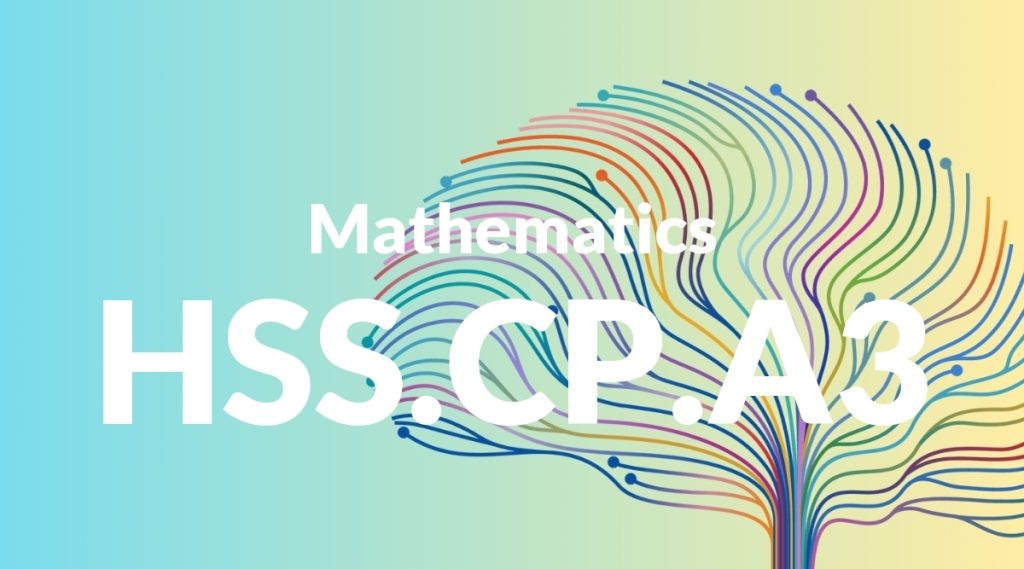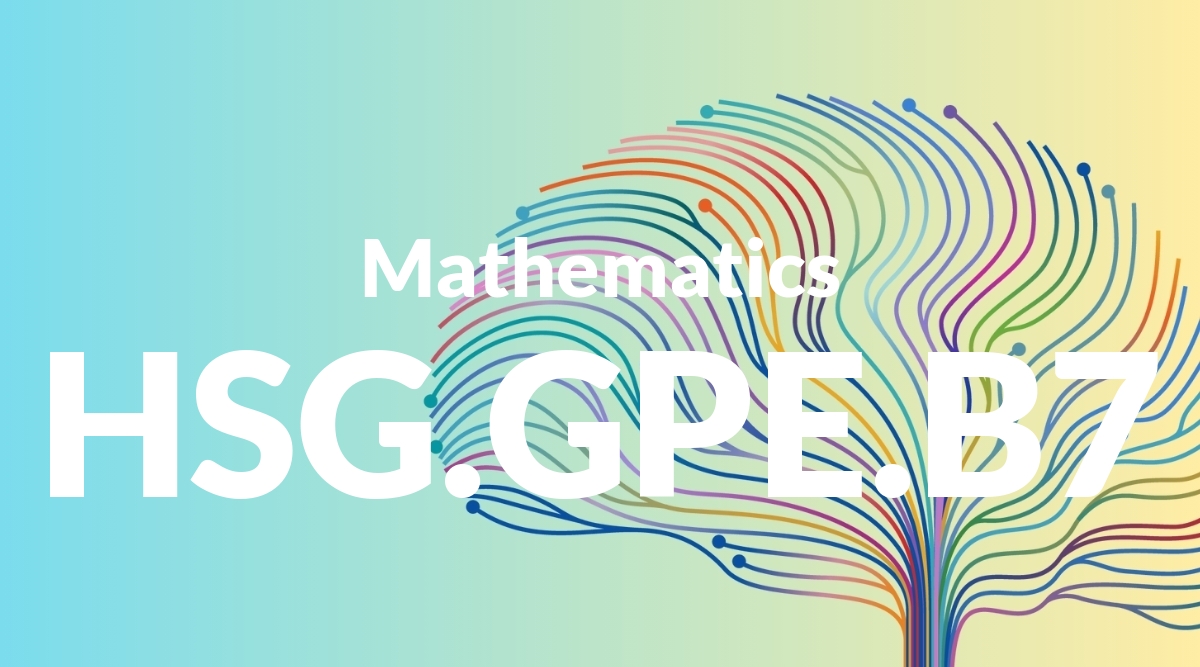Standard: HSS.CP.A3 – Understand the conditional probability of A given B as P(A and B)/P(B), and interpret independence of A and B as saying that the conditional probability of A given B is the same as the probability of A, and the conditional probability of B given A is the same as the probability of B.
Grade level: High School: Statistics & Probability
Subject: Mathematics
Domain: Conditional Probability & the Rules of Probability
Teacher Overview
This standard focuses on understanding conditional probability and the concept of independence between two events. Mastery of this standard is crucial as it lays the groundwork for more advanced topics in probability and statistics, which are essential for data analysis in various fields. Students should be comfortable with basic probability concepts, including the calculation of probabilities for single events and an understanding of events and outcomes.
After mastering this standard, students will be able to apply conditional probability and independence concepts to more complex problems, including the use of Bayes’ Theorem and advanced statistical models.
Common Misconception 1
A common misconception is that students may confuse the conditional probability of A given B with the joint probability of A and B occurring together. This is incorrect because conditional probability considers the probability of event A happening under the condition that event B has occurred, which is different from both events happening simultaneously.
Intervention 1
To address this misconception, teachers can use visual aids like Venn diagrams or probability trees to show the difference between conditional and joint probabilities. Real-world examples can also help clarify the distinction.
Common Misconception 2
Another common misconception is the belief that if two events A and B are independent, then P(A and B) equals P(A) plus P(B). This is incorrect because for independent events, the correct relationship is P(A and B) equals P(A) times P(B).
Intervention 2
To correct this, teachers can provide counterexamples and use probability tables to show that the addition rule applies to mutually exclusive events, not independent events. Emphasizing the multiplication rule for independent events through practice problems can also help.
Prerequisite Knowledge
Students should have a foundational understanding of basic probability concepts, including the calculation of simple probabilities and an understanding of events and outcomes.
Subsequent Knowledge
After mastering this standard, students will be able to apply the concepts of conditional probability and independence to more complex scenarios, including the use of Bayes’ Theorem and advanced statistical models.
Instructional Activities
- Create and analyze Venn diagrams to visualize conditional probabilities.
- Use probability trees to map out and calculate conditional probabilities.
- Analyze real-world datasets to identify and interpret conditional probabilities.
- Conduct experiments or simulations to explore the concept of independence between events.




